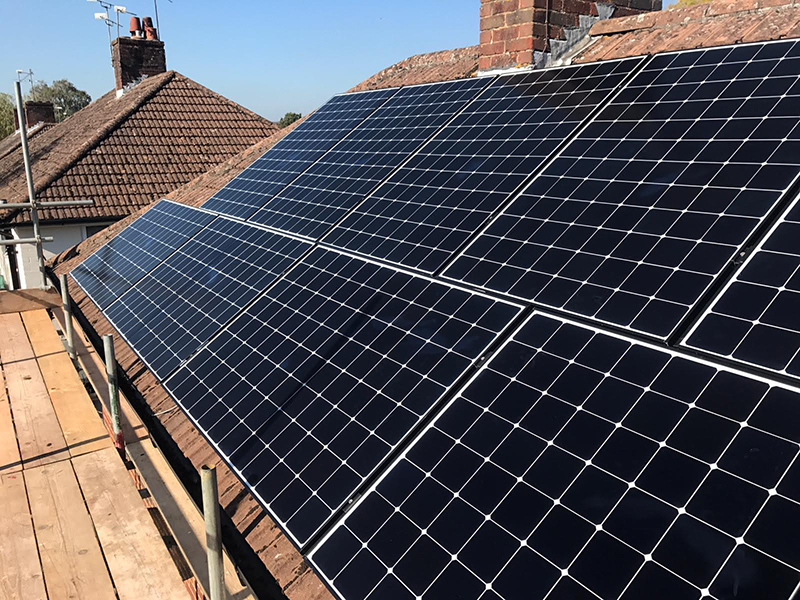Is your current solar system old, inefficient and not producing as much power as it should? Or have things changed in your household which means you require more power? Well, perhaps it’s time to think about upgrading your existing solar system for something much more modern and efficient. This could see you make massive savings in regards to your future power bills.
Before you decide on how to upgrade your solar system, it’s worth running a few checks beforehand to make sure you make the right changes.
Physical checks
It’s important to carry out some simple checks on your solar system to gather the crucial information you will need when deciding what to do next. Weather and wildlife can do damage over time, especially if your system is old and easily damaged. Check the physical condition first by carefully examining the panels for cracked or scratched glass and discolouration.
Also, shine a torch underneath to examine cabling to make sure there are no broken connections. Finally, make sure there are no nesting birds anywhere in your setup and the junction box is still sealed and not weather damaged. It is also a good idea to examine your inverter for rust and damage by wildlife.
Solar output checks
You should check what solar output you’re getting. On a sunny day, you should be getting around 80% of the system’s official output. If you’re getting less, then your system is underperforming. Have a look at what energy has been generated in the past and compare these with your bills to see if they match up.
Upgrading your system
Even if your solar system is performing correctly and efficiently, a change in circumstances may mean you need more energy. Also, you may want to go green and use as much solar energy as you can. An additional member in the household, buying a new appliance or switching to an electric car could mean you need to do something to up your output.
There are three ways you can upgrade your system. You can choose to do one or all three, depending upon the condition of your system and how much extra energy you need to generate:
Add more panels
The first way to upgrade your solar system is to add more panels. Obviously, this is dependent upon how much space you have to situate the panels, but solar systems are usually fairly flexible setups and can be added to bit by bit if need be. It’s worth remembering that installing extra panels isn’t just dependent upon how much roof space you have, but how much weight the roof can support as well.
Panels generally weigh between 15kg and 30kg, so older roofs, in particular, should be checked to make sure they can support your solar setup. Our team of installers will check this before we recommend any upgrades to your system.
Buy a new inverter
Another way to upgrade your system is to buy a new inverter. If you’re adding extra panels, you will generally need a new inverter anyway, unless your last inverter was far too powerful for your previous setup. String inverters have an average lifespan of ten years and are the cheaper option.
Micro-inverters are connected to the panels themselves and come with a lifespan of 25 years but have a larger upfront cost. It is worth noting that micro-inverters work independently, whereas a string inverter works with all the panels, so if a panel is performing badly, that will be the maximum output for all the panels.
Add battery storage
The final way to upgrade your solar system is to add battery storage. This can be helpful as the battery can act as a backup or you can use it if rates go up at a particular period. If your solar setup is storage ready (check your instruction manual) then you can add a battery easily. If it is not (usually with older systems), you may need to hire a professional to add this manually or replace your system completely. Again we check this for you if you are unsure.
